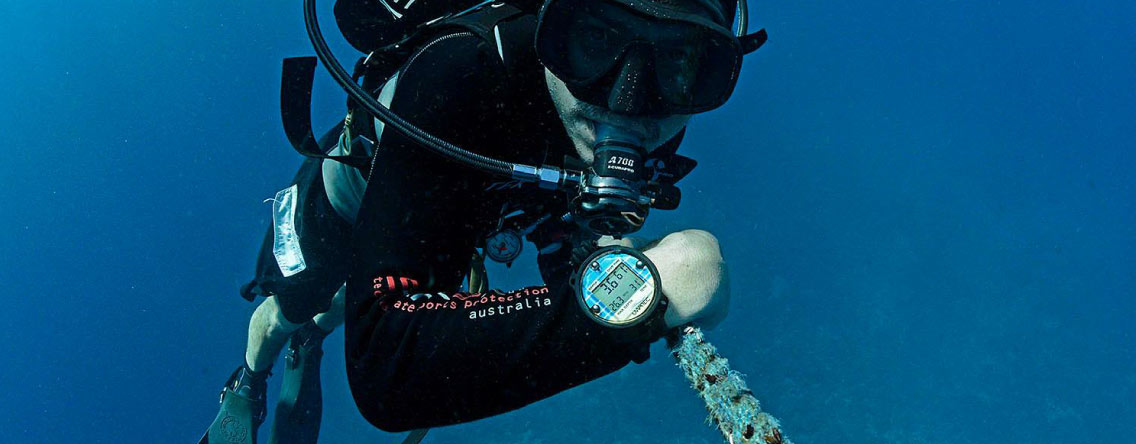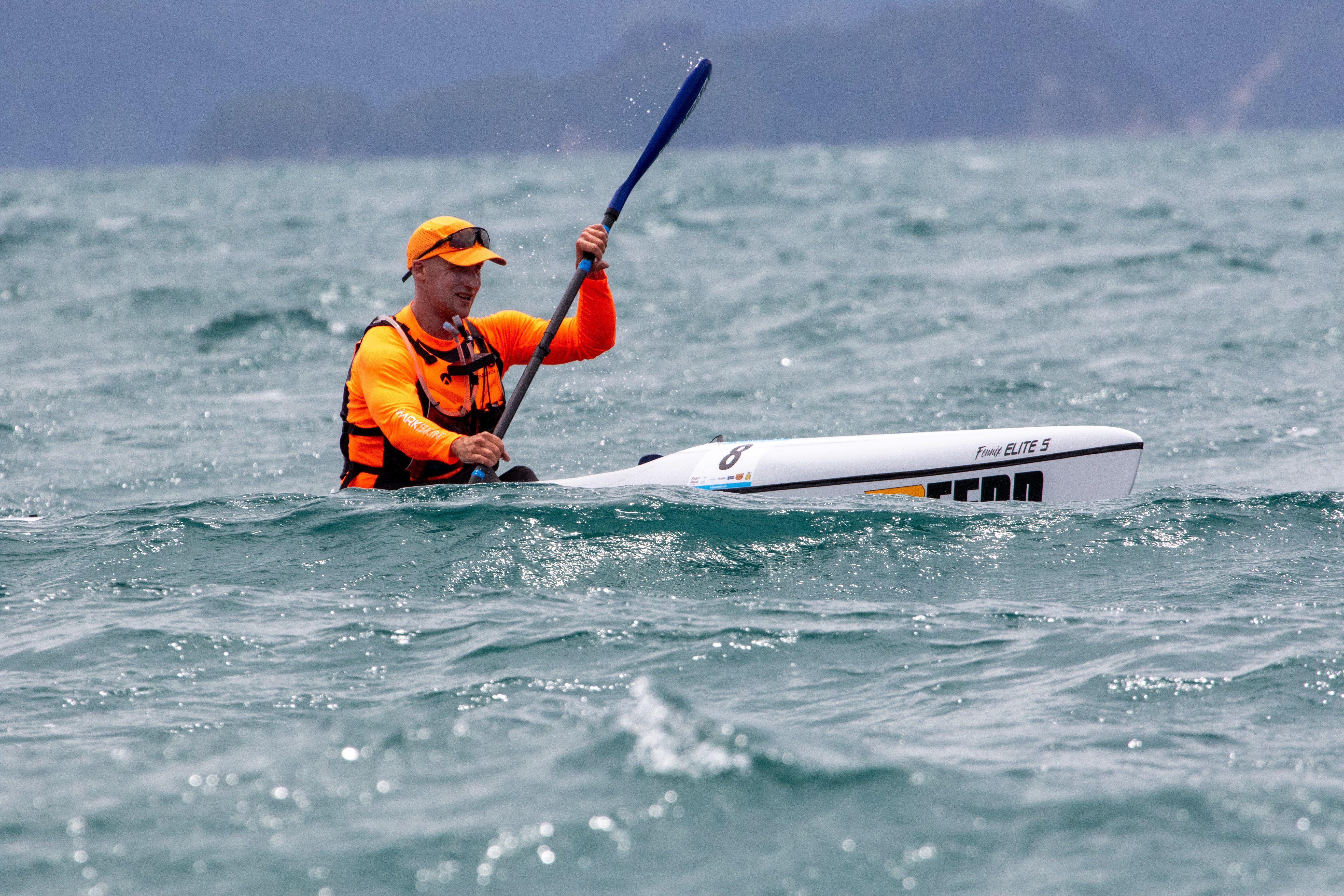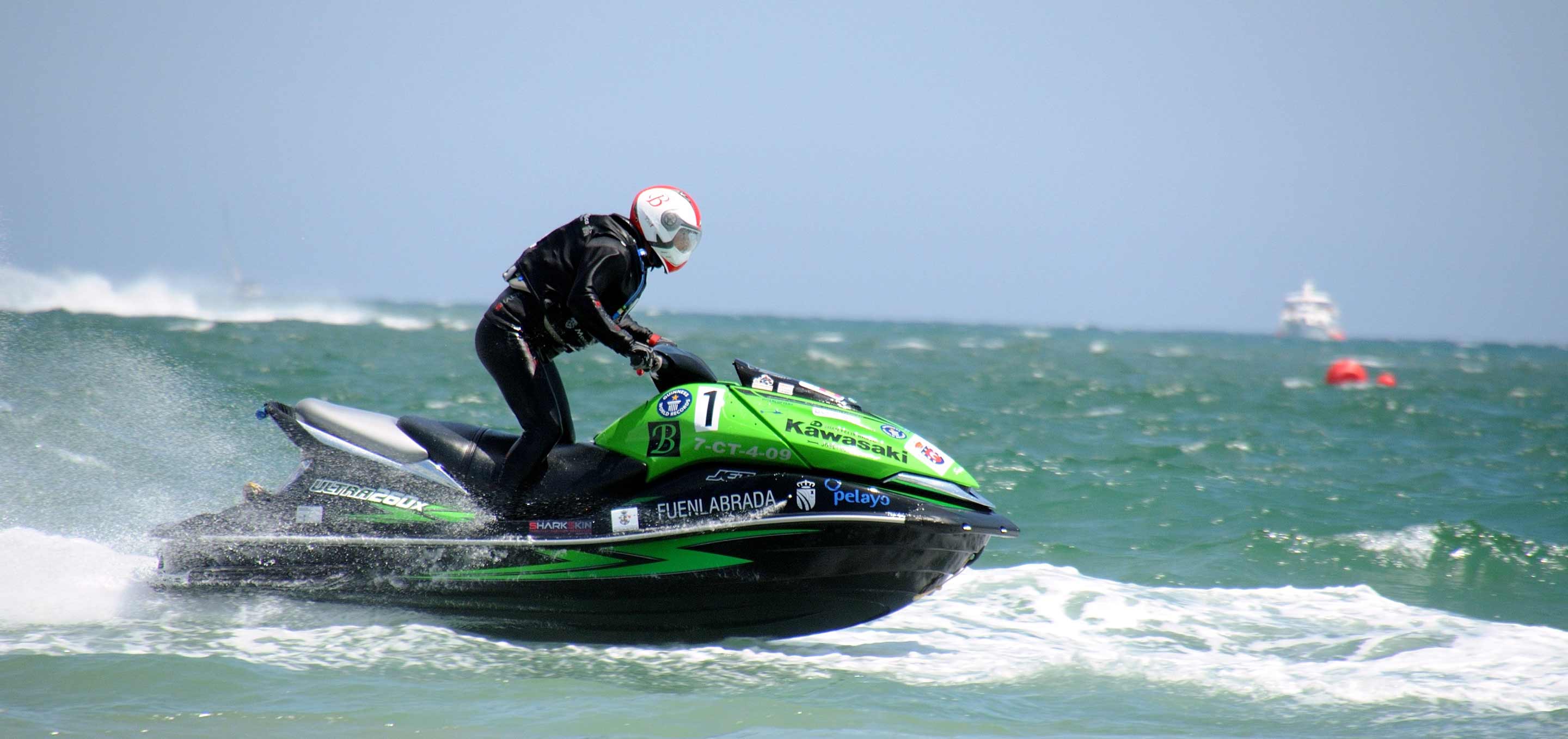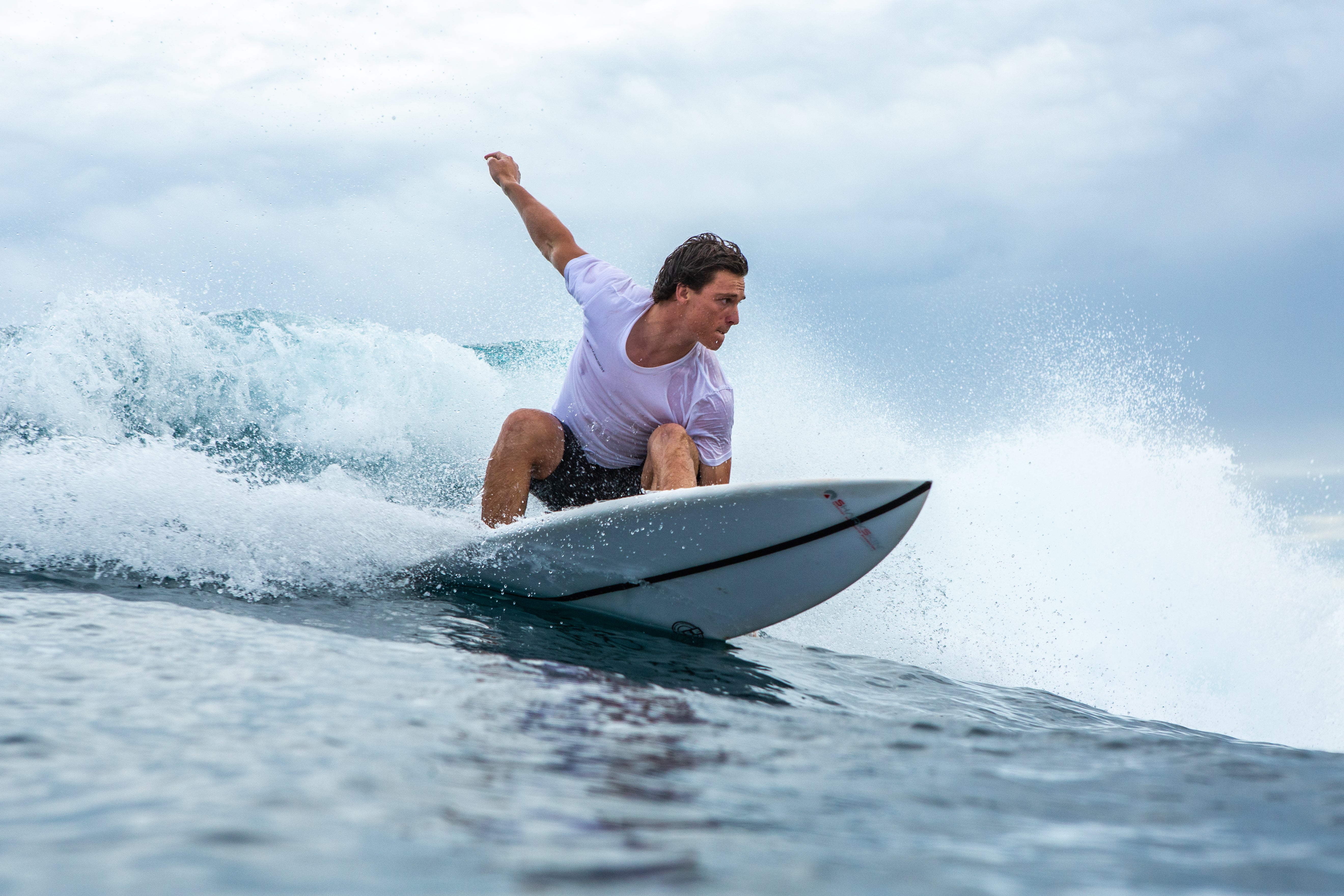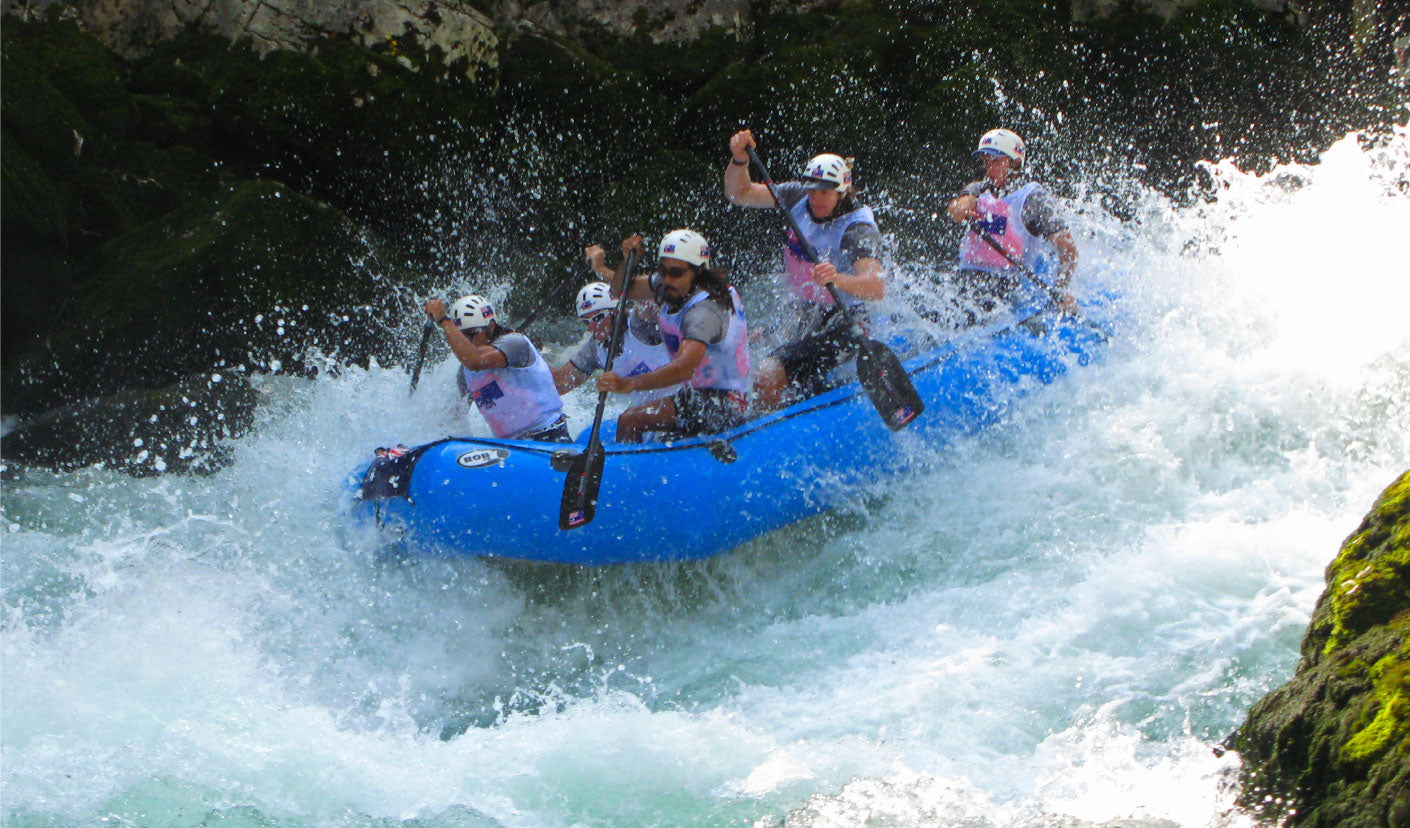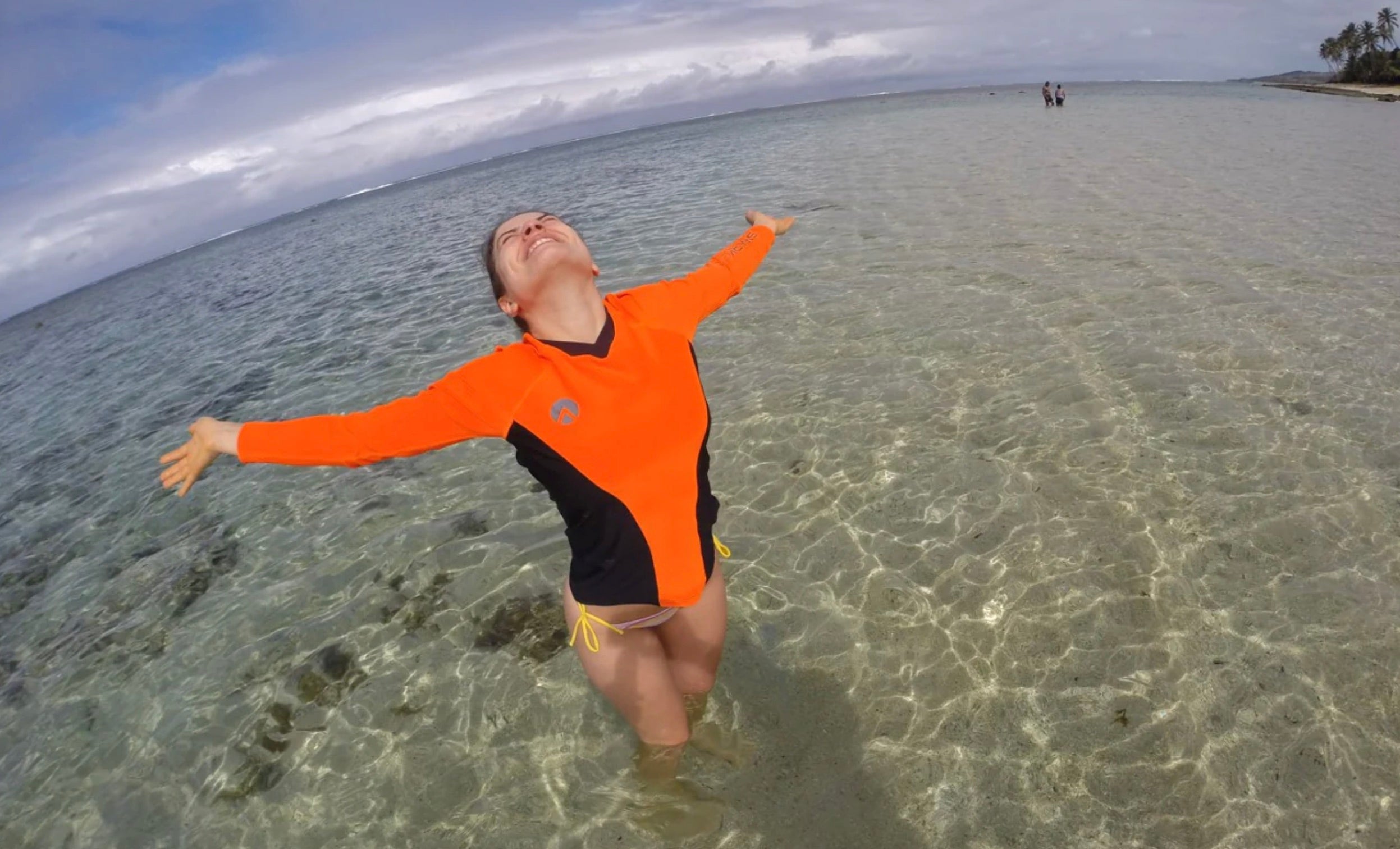5 Tips for Beginner Surfers: Catch Your First Wave with Confidence

Starting the journey to become a surfer is an exhilarating decision. Maybe you've been captivated by videos of professionals riding enormous waves, or perhaps the allure of the beach lifestyle has caught your imagination. Regardless of your motivations, learning to surf is a rewarding experience—but where should you start? This article outlines five crucial tips for beginner surfers, ensuring you'll not only catch your first wave but also ride it with confidence.
1. Choose the Right Surfboard
The Importance of Length and Width
The first and most obvious question that beginner surfers have is usually about selecting a board. You might be tempted to opt for a sleek, shortboard, but those are more suited for experienced surfers. Longer and wider boards offer greater stability, which is crucial when you're just starting out.
Soft Top vs. Hard Top
Another question that arises is whether to go for a soft-top or a hard-top board. For beginners, a soft-top board is generally recommended because it provides a softer surface to fall on, making the learning process more forgiving.
2. Learn Basic Surf Etiquette
Right of Way
In surfing, understanding the right of way is crucial. Knowing when it's your turn to catch a wave and when to yield can help you avoid collisions and maintain harmony in the lineup.
Paddling Rules
Another aspect of etiquette involves how to paddle back out to the lineup after riding a wave. The key is to avoid paddling directly into the path of other surfers. Instead, circle wide to keep clear of their way.
3. Master the Paddle Technique
Paddle Mechanics
Before you can catch a wave, you'll need to paddle out to where the waves are breaking. This involves a technique where you lie belly-down on the board and paddle with your arms. It sounds simple, but it's tiring and requires practice.
How do you make all this paddling more comfortable? A quality wetsuit can do wonders. SharkSkin Wetsuits, for instance, are engineered for durability and comfort, allowing you to focus on improving your paddle technique.
Stamina Building
Just like any other sport, building up stamina for paddling is crucial. Consider cross-training exercises that strengthen your core, like swimming or SUP (Stand-Up Paddleboarding) boarding to boost your upper body strength.
4. Start with Small Waves
Baby Steps
Large, crashing waves might look spectacular, but they are not the best starting point for a beginner. Choose the right beginner spot with smaller waves that are more manageable and forgiving, allowing you to practice your balance and timing in a less intimidating environment.
Wave Timing
Learning how to time your paddle to coincide with the arrival of a wave is a crucial skill. It's all about the timing when you start paddling, the speed, and the moment you pop up on the board. If you're unsure, consider starting surf lessons with a professional to build confidence and learn the fundamentals safely.
5. Practice Makes Perfect
Consistency is Key
The adage "practice makes perfect" holds true in surfing. The more time you spend in the water, the faster you'll improve. Aim to surf as much as possible, conditions permitting. Warming up your shoulders and arms beforehand will help prevent muscle strain.
Learning from Mistakes
Every wipeout teaches you something. Whether it's about wave timing, balance, or your pop-up technique, each mistake is an opportunity to learn and improve.
Conclusion
Becoming a proficient surfer is a journey filled with ups and downs, much like the waves you'll soon be riding. The key is to start right: with the right gear, the right knowledge, and the right attitude. As you continue to learn and improve, consider investing in a quality wetsuit like those from our SharkSkin range for men and women. They offer the durability, flexibility, and comfort you need to take your surfing to the next level.




